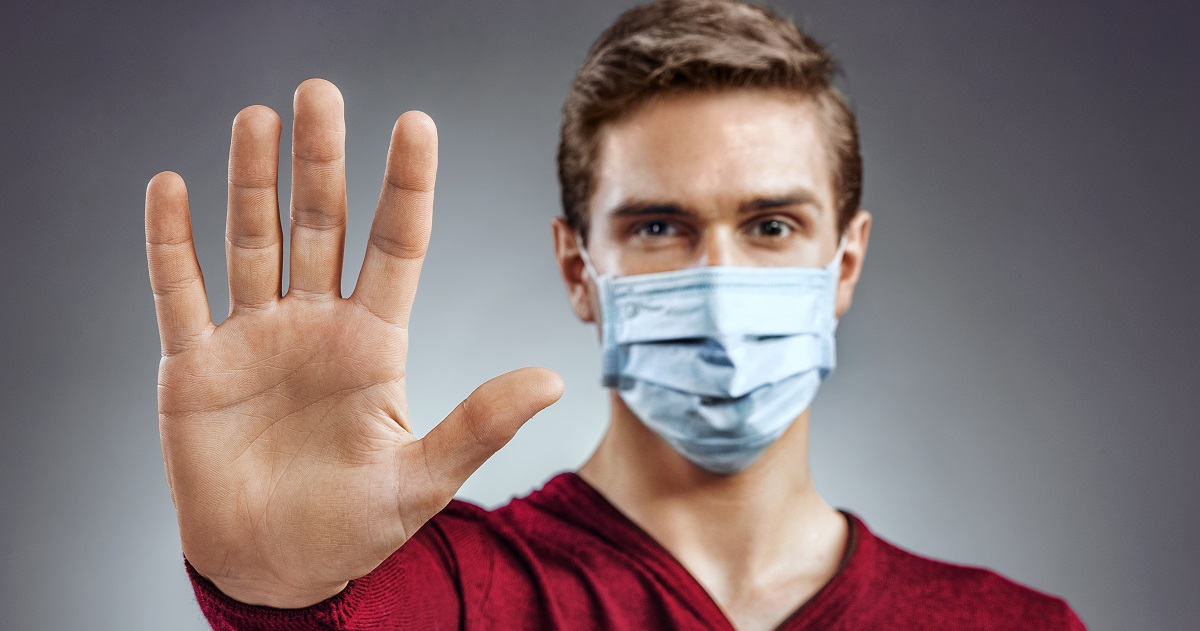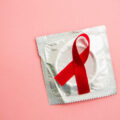Routes of transmission and methods of contracting HIV infection. How to avoid HIV infection?
HIV is a virus that can only be transmitted in certain ways. But today, the Internet is teeming with myths about methods of contracting HIV infection. In our article, we will describe in detail the possible routes of HIV transmission in order to dispel unfounded fears and misinformation, and also help each reader reduce the risk of contracting the human immunodeficiency virus.
How is HIV spread?
Many people still do not know how HIV infection is transmitted from one person to another. However, knowing the basics helps avoid contracting and spreading HIV.
HIV is transmitted or spread by contact with the following body fluids:
- blood (including menstrual blood and any blood in saliva, urine or stool);
- sperm and other male sexual fluids (such as lubricant);
- vaginal discharge;
- breast milk.
HIV is also spread through contact with certain other body fluids:
- cerebrospinal fluid;
- synovial fluid around joints;
- amniotic fluid around a developing fetus or baby in the womb.
However, as a rule, only medical workers come into contact with the liquids listed above.
HIV does not spread through contact with body secretions such as:
- sweat;
- tears;
- saliva;
- feces;
- urine.
In other words, you cannot get HIV by touching, hugging or kissing someone with HIV. Also, you cannot become infected with the virus by drinking or eating from the same cups or cutlery as a person living with HIV.
How can you become infected with HIV?
Today, the most common ways of transmitting HIV from one person to another include:
- sharing or reusing needles or other injection drug equipment (including steroids or hormones);
- sexual intercourse without condoms, other barriers or treatment as a preventive measure;
- perinatal infection of the child by the mother (during pregnancy, childbirth or breastfeeding).
Let us consider in more detail each of the listed points.
Sharing or reusing needles or other injection equipment
Injecting drugs (including steroids or hormones) . Many people become infected with HIV by sharing equipment used to inject heroin, methamphetamines, steroids, hormones or other drugs. Remember that reusing syringes and needles spreads HIV;
Tattoos or piercings . Tattoos or body piercings should always be done by a licensed professional whose equipment, including the ink, is sterile. The Centers for Disease Control and Prevention recommends using tools only once and then throwing them away. Reusable instruments should be sterilized between uses. However, using alcohol to clean instruments is not enough. The correct method involves sterilizing instruments by steam or autoclaving.
Unprotected/unsafe sex
Every sexual act (oral, anal or vaginal) that involves sexual discharge poses a risk of contracting HIV. The most affordable and reliable way of protection in this case is condoms.
In addition to sexual contact, you can become infected with HIV by sharing sex toys without sterilizing them or using a new condom.
Also, sexual assault or rape can lead to transmission if the perpetrator lives with HIV. The risk increases when the victim is subjected to gang rape and/or anal penetration. Therefore, all victims of sexual assault who have not yet been diagnosed with HIV should regularly take post-exposure prophylaxis, which significantly reduces the likelihood of contracting HIV.
Post-exposure prophylaxis should be taken within the first 72 hours of exposure to HIV. It is worth remembering that the earlier treatment is started, the more effective it will be.
Perinatal transmission
Women living with HIV can pass the virus to their children during pregnancy, childbirth, or breastfeeding. This is called perinatal or vertical transmission, or mother-to-child transmission. The good news is that medical care and HIV medications given during pregnancy can virtually eliminate the mother's risk of the baby becoming infected.
However, doctors recommend that women living with HIV not breastfeed their children. It is also important not to feed your baby baby food that has been chewed by a person with HIV, as this can lead to infection.
Other methods of infection
Until a few years ago, HIV could be contracted through blood transfusions. Many people became infected this way. However, today, donated blood undergoes thorough testing, including for HIV infection. In this regard, the likelihood of contracting HIV through blood transfusion is extremely low.
Also, infection can occur during the transplantation of organs taken from a person with HIV, or when using donor sperm. But don't worry, as with blood transfusions, the risk of infection through these methods is considered extremely low.
How to avoid HIV infection
The following will help you significantly reduce the risk of infection and spread of the human immunodeficiency virus:
- knowledge of your HIV status, which makes it possible to take measures to avoid the spread of HIV if you are HIV positive;
- practicing safe sex;
- having sex without condoms or other barriers only when you and your partner are HIV negative and in a monogamous relationship;
- cessation of injection drug use;
- use of sterile needles and other injection equipment;
- if you are living with HIV, stick to your HIV medication regimen. Therapy helps reduce the viral load and maintain it in this state for a long time. In turn, maintaining a low viral load minimizes the risk of transmitting HIV to others.
Also remember that HIV is not transmitted through:
- embrace;
- sharing food or drinks;
- use of a shared toilet, shower, bath or bed;
- kisses;
- insect bites.




